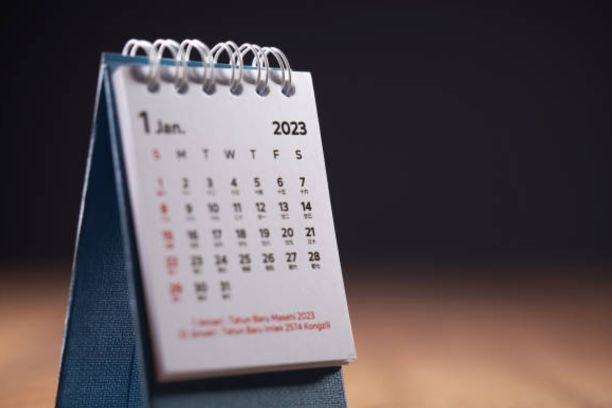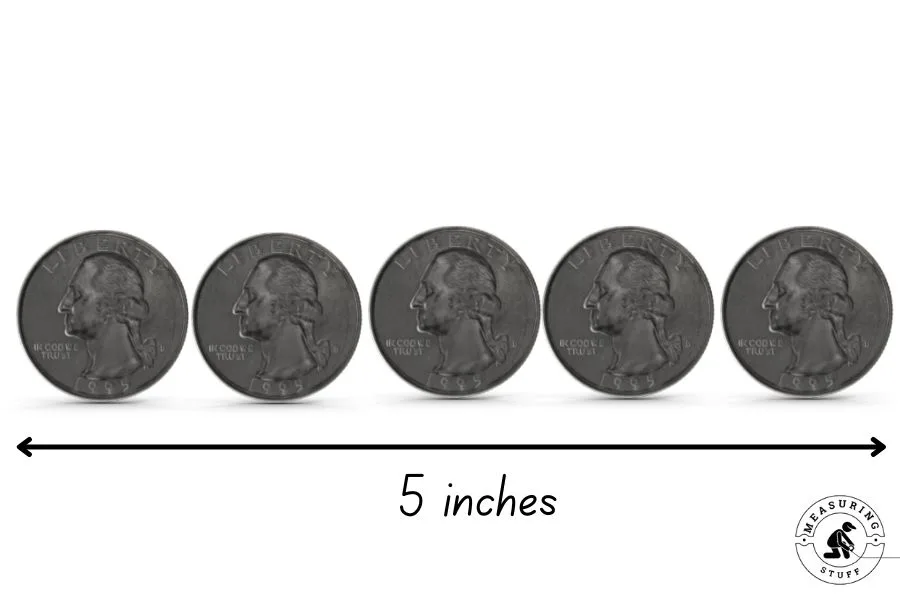Have you ever stopped to think about the number of days that make up a year? It’s one of those questions that seem simple but hold a world of complexity.
The answer lies in a remarkable dance between our planet and the sun. So, how many days make a year? It’s a question that connects us to the very rhythms of nature.
Let’s find out!
Table of contents
How many days make a year?
A year, as we commonly know it, consists of 365 days. But have you ever wondered why it’s precisely this number?
The answer lies in the intricate dance between our planet, Earth, and its star, the Sun. Our planet orbits the Sun, and it takes approximately 365.24 days to complete one full orbit. To keep our calendars aligned with this orbit, we have a year with 365 days most of the time, but to make up for the extra fraction of a day, we add an extra day every four years, creating a leap year with 366 days.
This finely tuned synchronization is crucial for everything from agriculture to astronomy, and it’s the reason we have the calendar we use today.
Read: How Many Months is 60 Days? (Explaining the Calculation Process)
How many days are in 2023?
There are 365 days in 2023. The length of a year is determined by the time it takes for Earth to complete one orbit around the Sun.
This journey takes approximately 365.24 days. To maintain synchronization with this orbital period, most years have 365 days.
However, to account for the extra fraction of a day, we add an extra day every four years, creating a leap year with 366 days. 2023 is not a leap year, so it consists of the standard 365 days.
How many days make a leap year?
A leap year consists of 366 days instead of the usual 365. This additional day, known as a “leap day,” is added to the calendar to keep it synchronized with the Earth’s orbit around the Sun.
Earth’s orbit takes approximately 365.24 days to complete, so without leap years, our calendar would gradually fall out of sync with the actual astronomical year. Leap years occur every four years, with a few exceptions.
To qualify as a leap year, a year must be divisible by 4, except for years that are divisible by 100 but not by 400. This rule fine-tunes our calendar to match the Earth’s orbit more closely.
Also, see: How Many Weeks Until Halloween (Countdown Timer and Updates)?
Is 2023 a leap year?
No, 2023 is not a leap year. Leap years occur every four years, but the year 2023 doesn’t meet the criteria for a leap year. To qualify as a leap year, a year must be divisible by 4.
While 2024 will be a leap year, with 366 days, 2023 only has 365 days.
Leap years are essential for keeping our calendar synchronized with Earth’s orbit around the Sun, ensuring that our calendar year stays aligned with the astronomical year, which is about 365.24 days long.
Read Also: How Many Face Cards Are In A Deck? (Explained)
How many minutes are in a year?
There are 525,600 minutes in a non-leap year. You can calculate this by considering that there are 60 minutes in an hour, and there are 24 hours in a day, which gives you 60 minutes/hour * 24 hours/day = 1,440 minutes/day.
Then, multiply 1,440 minutes/day by the number of days in a non-leap year (365) to get 525,600 minutes in a year. In a leap year, there would be an additional 1,440 minutes due to the extra day, making it a total of 527,040 minutes.
FAQs
A leap year has 29 days in the month of February, not the usual 28. Leap years have an extra day, February 29, to account for Earth’s orbit.
When February has 29 days, it’s called a “leap year.” Leap years occur every four years to account for the extra fraction of a day in Earth’s orbit.
If your birthday falls on February 29, you celebrate it on February 28 or March 1 in non-leap years, as February 29 only occurs in leap years.
Conclusion
The question “How many days make a year?” unravels a fascinating journey through the science and history of timekeeping. From ancient calendars to leap years, we’ve uncovered the intricate dance between Earth and the Sun that defines our calendar. Understanding the 365-day year enriches our appreciation of the world’s natural rhythms and the human ingenuity that seeks to capture them.
References
- rapidtables.com – How many Days are in a Year?
- calendarr.com – How Many Days in a Year






